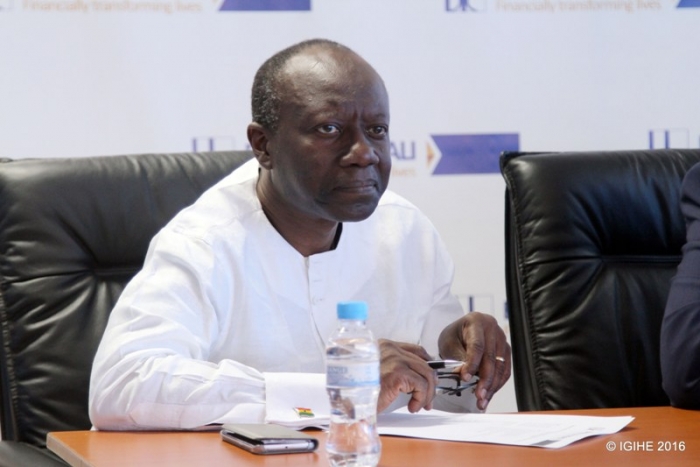The stock of public debt increased to 76.4 percent of GDP (GH¢335.9 billion) at the end of July 2021, compared with 76.0 percent of GDP (GH¢291.6 billion) at the end of December 2020, according to the Bank of Ghana.
Of the total debt stock, domestic debt was GH¢173.4 billion (39.5 percent of GDP) while the external debt was GH¢162.5 billion (37.0 percent of GDP).
Total export receipts increased by 2.4 percent on a year-on-year basis to US$9.9 billion supported by higher prices realized from gold (up by 6.2 percent), cocoa (up by 4.2 percent), and crude oil prices (up by 58.1 percent).
Total imports, on the other hand, increased by 8.6 percent to US$8.98 billion, driven mainly by a 58.5 percent increase in the value of refined petroleum products imports arising from increased demand as the economy returned to normalcy from last year’s lockdown period.
The higher import bill relative to export receipts resulted in a lower trade surplus of US$874.8 million in the year to August 2021, compared with a surplus of US$1.4 billion recorded in the same period of 2020.
Gross International Reserves stood at US$11.4 billion (equivalent to 5.2 months of import cover), at the end of August 2021. The strong reserves build-up over the review period provided some buffer to the local currency, which came under some demand pressures from commerce, manufacturing, and energy sectors as economic activity picked up in the third quarter.
Source: Mybrytfmonline.com/Kofi Atakora




















































